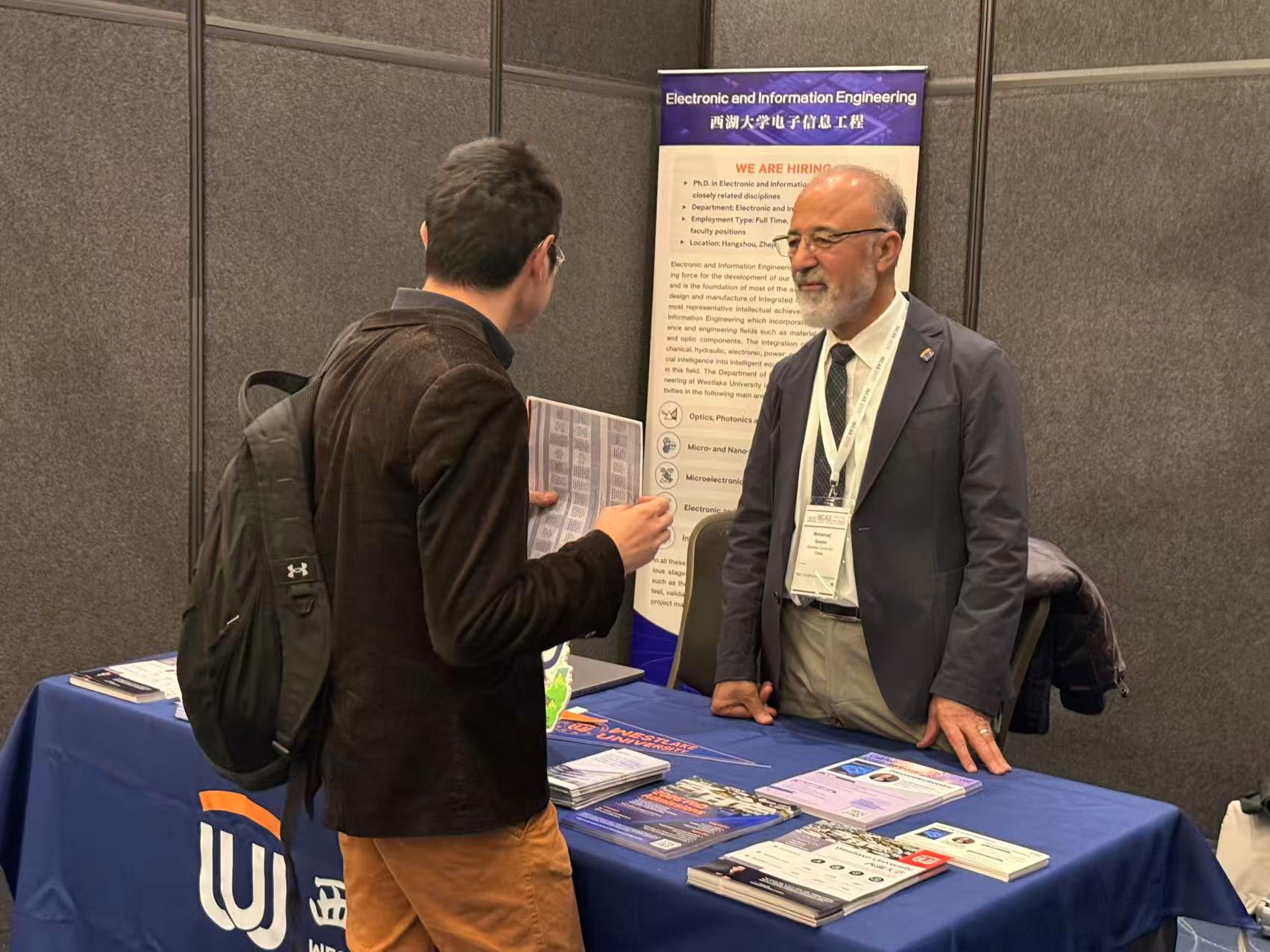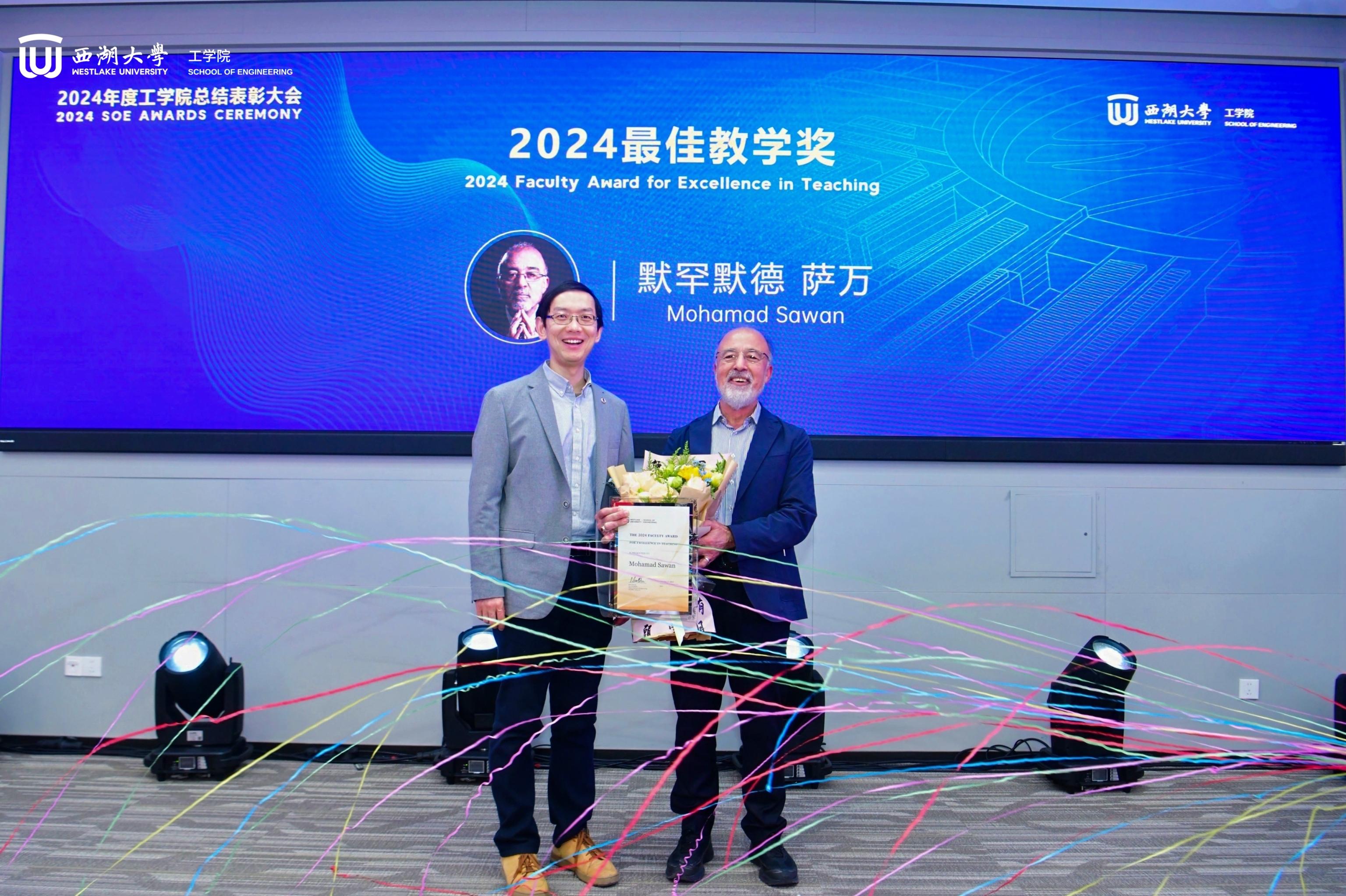Alzheimer's disease (AD) poses a significant healthcare challenge, underscored by increasing the elderly population. This disease progressively impairs the memory and thinking skills of patients, ultimately impacting the patient's daily life and necessitating long-term care. Therefore, identifying Alzheimer’s disorder in its early stages or even its prognosis holds special significance. However, diagnosis of this chronic neurodegenerative disorder can be challenging and costly, particularly in the early stages of developing cognitive decline.
Our recent study published in IEEE Reviews in Biomedical Engineering journal is titled "Alzheimer's Disease Diagnosis in the Preclinical Stage: Normal Aging or Dementia". We aim to provide a detailed overview of AD-related markers and biosensing techniques to summarize the latest advances in the early detection of Alzheimer’s disorder and represent different opportunities. Consequently, recent developments to identify various high-potential biomarkers and behavioral hallmarks for early diagnosis of this dementia are thoroughly studied. Cutting-edge biosensing structures, tailored to address various biological and physiological issues, are subsequently reviewed to show the high potential of different methods in AD detection. Thus, according to current challenges and critical demands, several concepts of developing new bio-systems through merging different technologies are discussed to make a new insight into the future of identifying early-stage Alzheimer’s disease.
Congratulations to our postdoctoral fellow Fahimeh Marvi and to co-authors (Yun-Hsuan Chen and Mohamad Sawan) for this achievement.
Reference
F. Marvi, Y. -H. Chen and M. Sawan, "Alzheimer's Disease Diagnosis in the Preclinical Stage: Normal Aging or Dementia,"IEEE Reviews in Biomedical Engineering, doi: 10.1109/RBME.2024.3376835.
More information can be found at the following link:
https://pubmed.ncbi.nlm.nih.gov/38478432/
Research Highlights
1) A comprehensive study on diverse promising hallmarks of Alzheimer's disease identified in various biofluids and body behaviors.
2) Potential of different biosensing mechanisms and the associated challenges in disease diagnosis, considering their perspective in the detection of Alzheimer’s dementia.
3) Several innovative perspectives for realizing new generation of compact multipurpose devices to study various features of AD disease, facilitating its early diagnosis in POCT.
Abstract
Alzheimer's disease (AD) progressively impairs the memory and thinking skills of patients, resulting in a significant global economic and social burden each year. However, diagnosis of this neurodegenerative disorder can be challenging, particularly in the early stages of developing cognitive decline. Current clinical techniques are expensive, laborious, and invasive, which hinders comprehensive studies on Alzheimer's biomarkers and the development of efficient devices for Point-of-Care testing (POCT) applications. To address these limitations, researchers have been investigating various biosensing techniques. Unfortunately, these methods have not been commercialized due to several drawbacks, such as low efficiency, reproducibility, and the lack of accurate identification of AD markers. In this review, we present diverse promising hallmarks of Alzheimer's disease identified in various biofluids and body behaviors. Additionally, we thoroughly discuss different biosensing mechanisms and the associated challenges in disease diagnosis. In each context, we highlight the potential of realizing new biosensors to study various features of the disease, facilitating its early diagnosis in POCT. This comprehensive study, focusing on recent efforts for different aspects of the disease and representing promising opportunities, aims to conduct the future trend toward developing a new generation of compact multipurpose devices that can address the challenges in the early detection of AD.

Fig.1: The effect of Alzheimer’s neurodegenerative disorder on various body fluids and organs recognized as biological markers and body behavior hallmarks.

Fig.2: A schematic description of high-potential wearables for the early detection of Alzheimer’s dementia by assessing various AD hallmarks.







